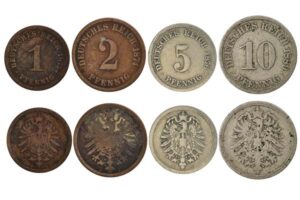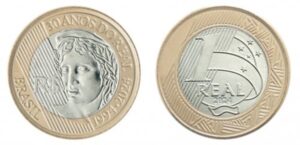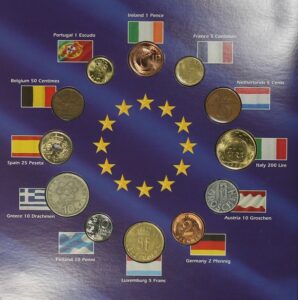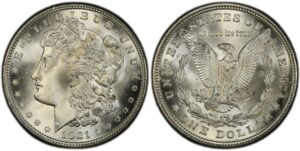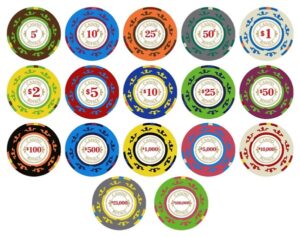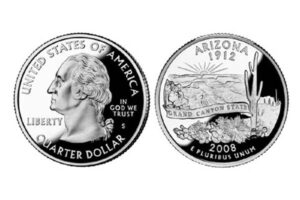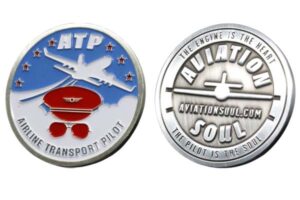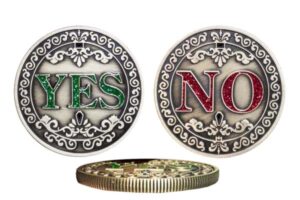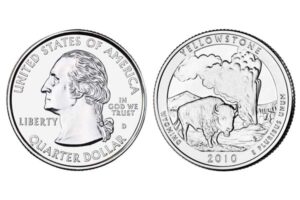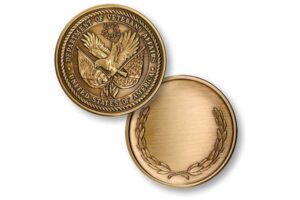
When I first handled a Pakistani 5-rupee coin in 2018, its crescent-star design sparked my curiosity. Let's decode Pakistan's monetary heritage.
Pakistani coins1 are called "rupees" (basic unit) and "paisa" (1/100 subdivision). The State Bank of Pakistan issues coins from 1 to 10 rupees, featuring national symbols like the Faisal Mosque and Muhammad Ali Jinnah.
Beyond their monetary value, these coins tell stories of cultural evolution. I once helped a British collector authenticate a rare 1950s coin - an experience that revealed hidden layers.
How Much Is $1 US in Pakistan?
Exchange rates fluctuate, but patterns matter. In July 2024, $1 ≈ 278 Pakistani Rupees (PKR).
As of Q3 2024, $1 equals approximately 278 PKR. This conversion impacts collectors buying coins - $10 could acquire 25+ common circulation coins.
Historical Rate Fluctuations (2019-2024)
| Year | Average $1 to PKR | Key Events |
|---|---|---|
| 2019 | 155 | Stable pre-pandemic rates |
| 2020 | 168 | COVID-19 economic impact |
| 2022 | 230 | Post-flood recovery |
| 2024 | 278 | IMF loan negotiations |
The table shows why timing matters for bulk purchases. Last year, a client saved $1,200 by coordinating his order during a temporary rate dip.
How Much Is $100 Dollars in Pakistan?
$100 holds different purchasing power across borders. In Pakistan's coin market, it's a strategic amount.
$100 converts to ~27,800 PKR, enabling serious collecting. This budget can buy 500+ modern coins or 2-3 rare British India-era specimens.
Budget Allocation Examples
Scenario 1: Educational Kits
- 300 x 1-rupee coins: 6,000 PKR
- 50 x 5-rupee coins: 2,500 PKR
- Reference guides: 4,300 PKR
- Total: 12,800 PKR ($46 remaining)
Scenario 2: Collector's Hunt
- 1948 1-paisa coin: 18,000 PKR
- Protective cases: 2,500 PKR
- Authentication service: 7,300 PKR
- Total: 27,800 PKR
I advise clients to always verify seller credentials - counterfeit coins increased 40% since 2021.
What Is the Oldest Coin in Pakistan?
History lives in metal. The oldest coins found in Pakistan date to 500 BCE.
The earliest verified coins are bent-bar punch-marked coins from the Gandhara civilization (6th-5th century BCE), used in ancient trade routes.
Authentication Checklist for Ancient Coins
-
Material Test
- Authentic: High silver content (80-90%)
- Fake: Zinc alloy with silver plating
-
Strike Quality
- Authentic: Irregular hand-struck patterns
- Fake: Machine-made uniformity
-
Patina Analysis
- Authentic: Multi-layer oxidation
- Fake: Chemical-induced coloring
A museum client once rejected a "Mauryan era" coin batch after our XRF tests showed modern lead content.
What Are Islamic Coins?
Islamic numismatics combines faith and finance. These coins revolutionized medieval economies.
Islamic coins2 are currency bearing Arabic inscriptions and religious texts, first standardized under Caliph Abd al-Malik (697 CE). They avoided human imagery per Islamic principles.
Design Evolution Timeline
Umayyad Era (698-750 CE)
- Basic Kufic script
- "Bismillah" phrase introduction
Abbasid Era (750-1258 CE)
- Ornate geometric patterns
- Mint city names added
Mughal Period (1526-1857 CE)
- Persian couplets
- Floral motifs
Our team recently recreated a 13th-century Delhi Sultanate coin using period-accurate sand-casting methods - a 3-month metallurgical challenge.
Custom Coins for Education & Collecting
Historical coins teach better than textbooks. That's why we developed educational replica sets3.
INIMAKER produces museum-grade replica coins for schools and collectors, featuring customizable designs from any historical period with 98% metal accuracy.
Why Our Replicas Stand Out
| Feature | Standard Replicas | INIMAKER Versions |
|---|---|---|
| Material | Zinc alloy | Period-accurate metals (electrum, billon) |
| Finish | Single plating | Dual antique patina |
| Documentation | Basic COA | QR-linked historical datasheet |
| Pricing | $3-5/unit | $7-9/unit (bulk discounts) |
A Dubai university ordered 1,200 Islamic dynasty coin sets last month - each set comes with AR-enabled learning modules.
Conclusion
Pakistan's coins chronicle 2,600 years of history. From ancient punch-marked pieces to modern commemoratives, each carries cultural DNA. Understanding their context enriches collecting.
-
Explore the rich history and unique features of Pakistani coins, which reflect the country's cultural heritage and evolution. ↩
-
Discover the importance of Islamic coins in shaping medieval economies and their unique design principles. ↩
-
Learn about the innovative process behind creating educational replica sets that enhance learning and collecting experiences. ↩

